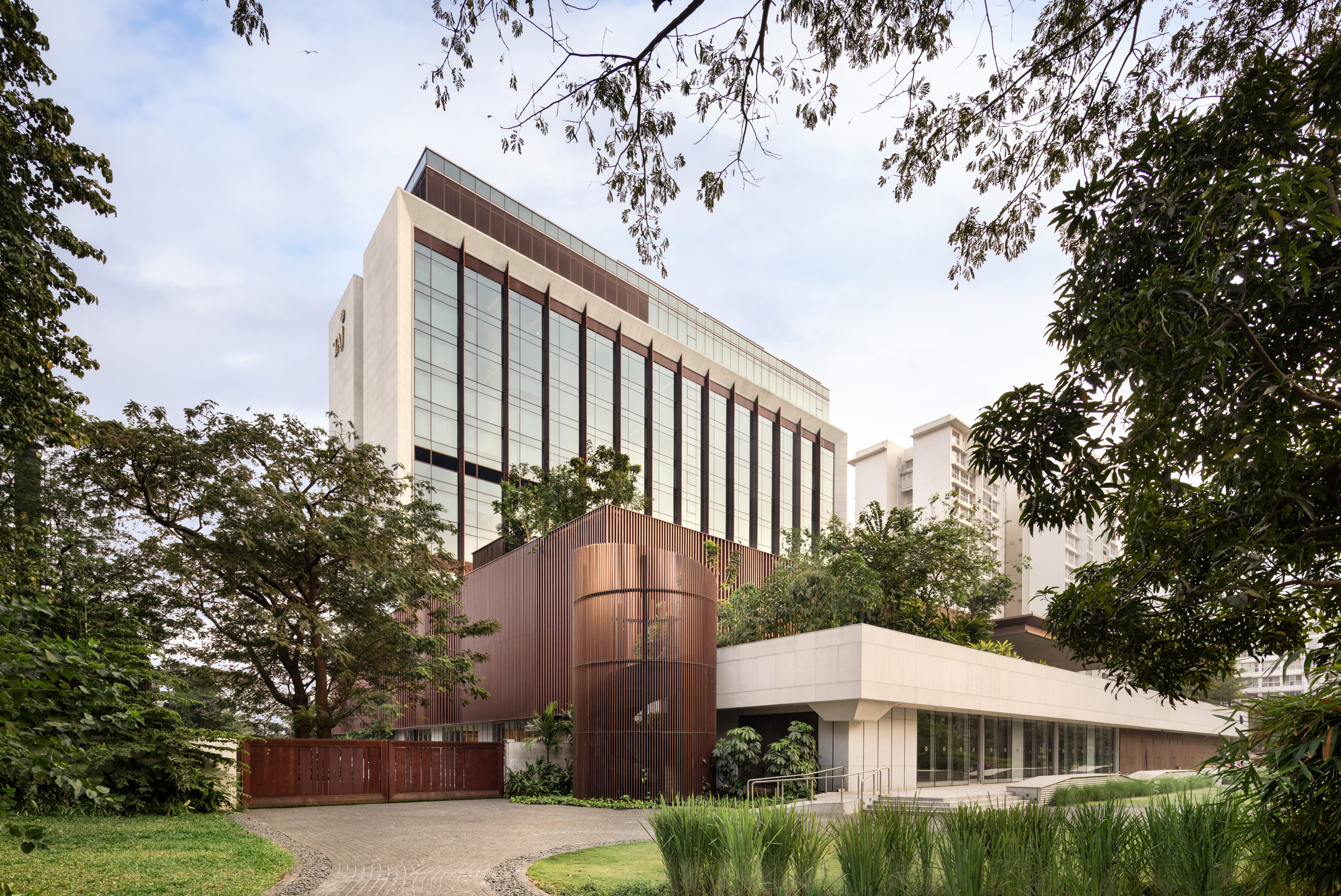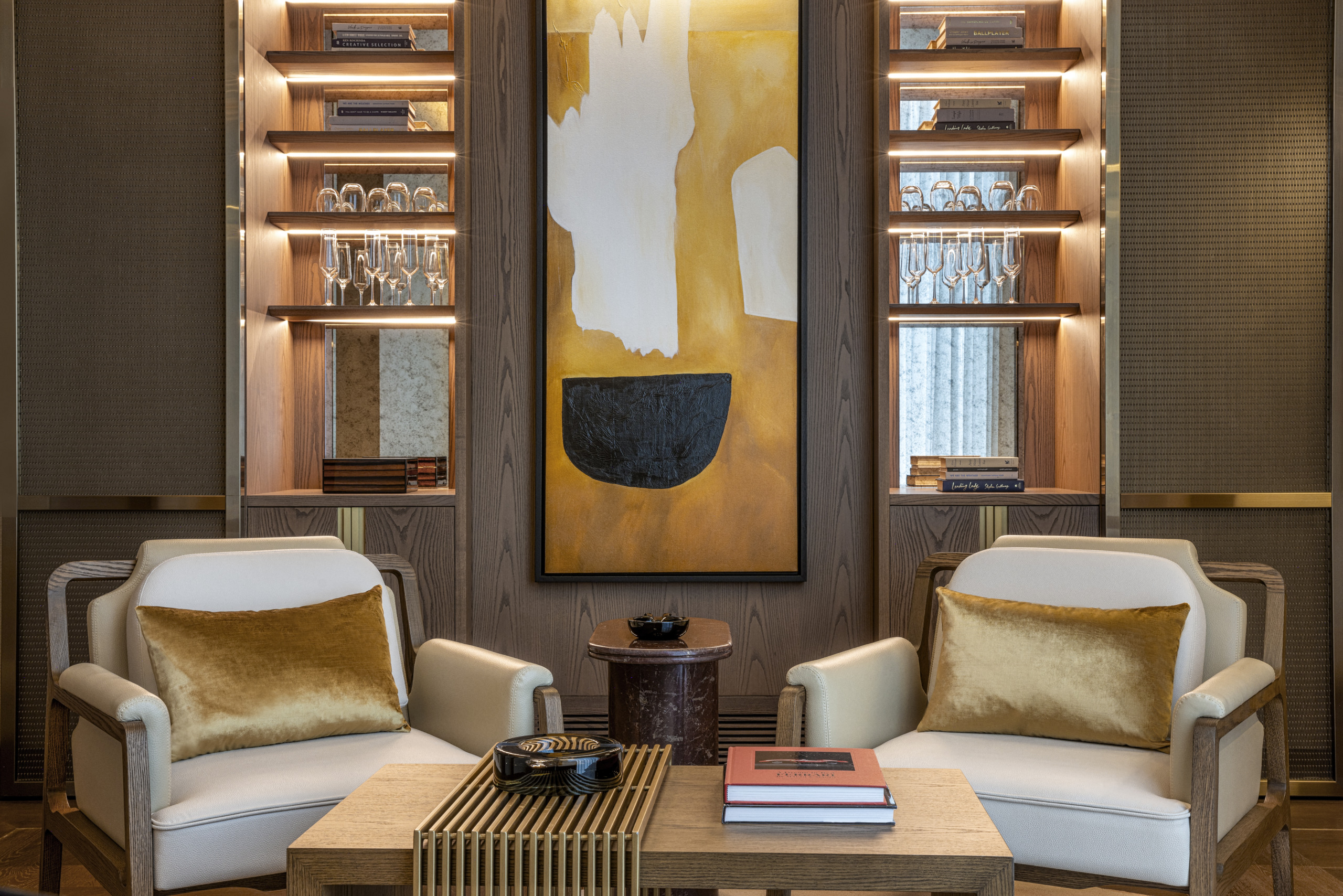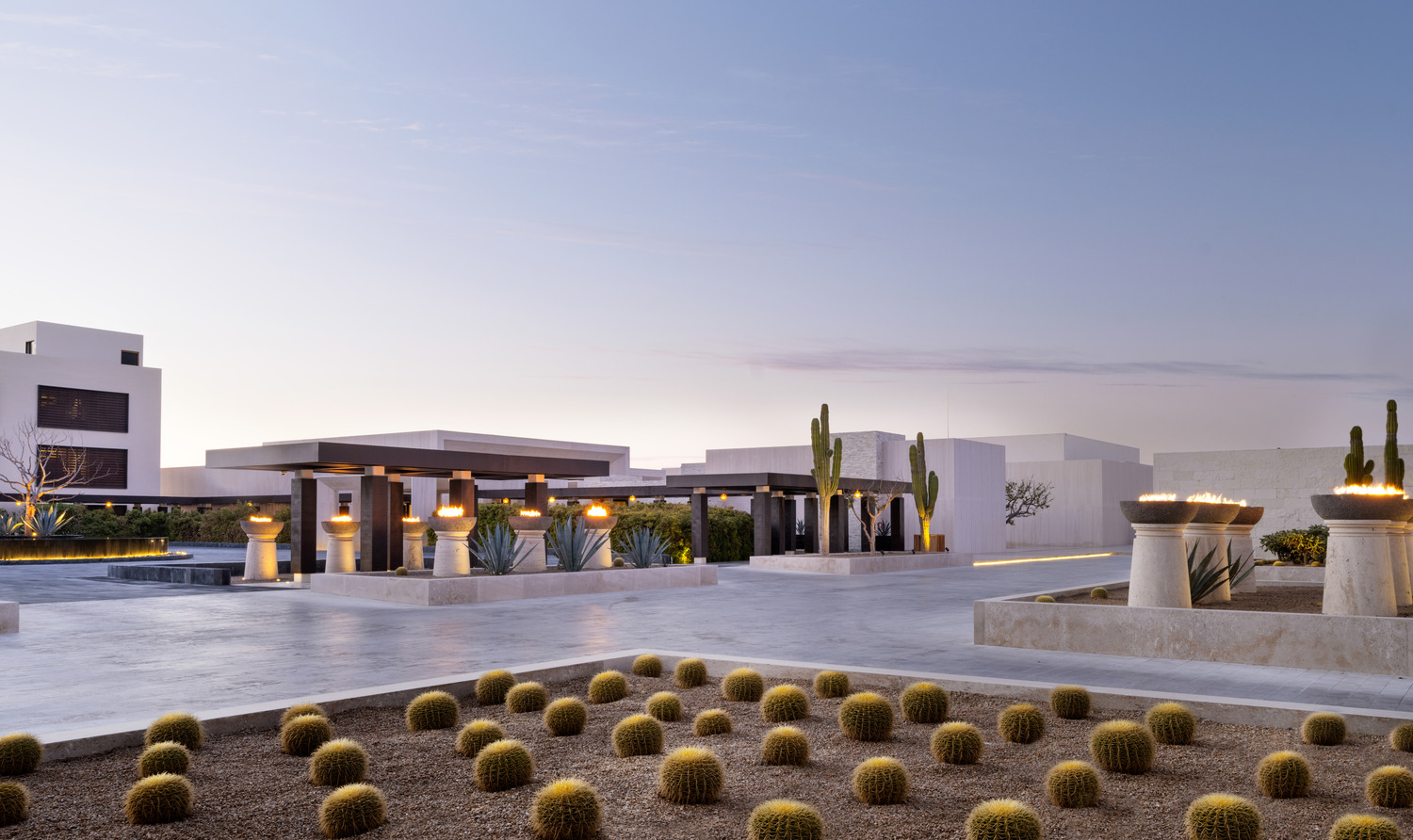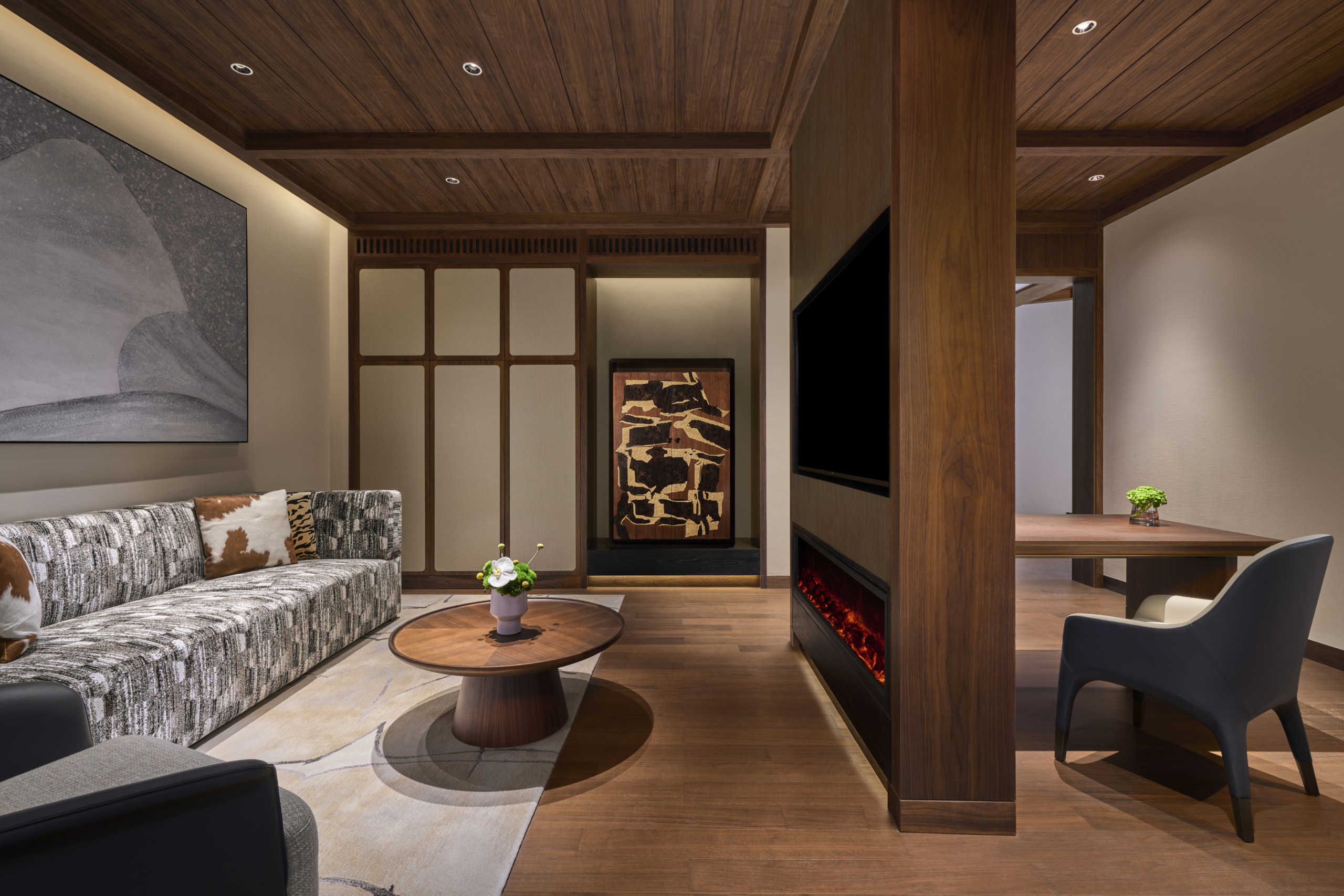Hotel Room 404: The Mystery of the Missing Floor
By WATG
June 12, 2025
As well as aesthetics and operations, designing a hotel must focus on how guests and staff feel in a space, how they connect with it, how they experience it, and whether it puts them at ease. And the smallest details play a surprisingly powerful role. Take, for example, a hotel elevator that doesn’t have a button for the 13th floor, or floor 4 that is sometimes left out in Asia.
How people feel in a space, how they connect with it, how they experience it, and whether it puts them at ease.
In the West, many buildings skip the 13th floor altogether. Triskaidekaphobia, the fear of the number 13, dates back centuries and appears in everything from Norse mythology to Christian tradition. Whether it’s due to Judas being the 13th guest at the Last Supper or the belief that 13 breaks the harmony of 12 (as in 12 months, 12 zodiac signs), the number has long carried uneasy associations. Many guests won’t mind seeing a floor 13, but for those who do, avoiding it is a simple way to offer reassurance.
In East and Southeast Asia, it’s the number 4 that is most avoided. The reason is linguistic: in Mandarin, Cantonese, Korean, and Japanese, the word for “four” sounds similar to the word for “death.” This belief often leads hotels and residential towers to skip not just the 4th floor, but also 14, 24, 44 and any combination where the number appears. Even room numbers ending in 4 might be replaced or reconfigured.
What shows up in interiors also extends to landscape and planting. Certain flowers, like white chrysanthemums or lilies, are linked to funerals in parts of Asia and Europe. Using them in hotel arrangements can send the wrong message. In Feng Shui, plants symbolize various aspects that should be carefully taken into account. For example, while Cacti can sometimes be employed in Feng Shui to repel negative energy, generally indoor placement is discouraged because of their “sha chi” (sharp energy). And in Hawaii, Ti plants are placed at the corners of properties to bring luck and keep bad spirits out.
For a global design practice, navigating these cultural beliefs is part of our everyday work. It’s not about superstition, it’s about understanding people, and designing places that feel respectful, intuitive, and aligned with local expectations. In practice, this means we collaborate closely with our clients and regional partners to uncover what matters most to their guests.
But our work goes deeper than number avoidance. Superstition is often a shorthand for broader cultural norms around luck, privacy, hierarchy, and symbolism. In the Middle East, for example, certain design elements may need to accommodate prayer rituals, gendered spaces, or hospitality traditions that involve welcoming large groups. In Japan, subtle considerations like material transitions or sightlines can reflect values around harmony and respect. This level of cultural fluency not only enhances guest experience, but also honors the communities where we build.
It’s about understanding people, and designing places that feel respectful, intuitive, and aligned with local expectations.
What’s essential is that our design teams approach these considerations not as constraints, but as opportunities. Every belief system is a lens into how people see the world. When we engage with those perspectives, we’re not just avoiding faux pas, we’re creating spaces that are more thoughtful, more welcoming, and more human.
And that’s where hospitality design can become transformative. A hotel room isn’t just a place to sleep. It’s a place to feel safe, to feel seen, and maybe even to feel a little bit lucky. When a guest walks into a room and finds it intuitively comfortable, part of that ease comes from the invisible work behind the walls, the decision to skip a number, shift a corridor, or align a space with a value they hold.
Every belief system is a lens into how people see the world.
As WATG continues to shape hospitality destinations around the globe, we remain committed to designing with empathy, awareness, and precision. Architecture tells stories. And sometimes, the stories it doesn’t tell, the ones hidden in missing floor numbers and quiet design moves, speak just as loudly.
Latest Insights
Perspectives, trends, news.
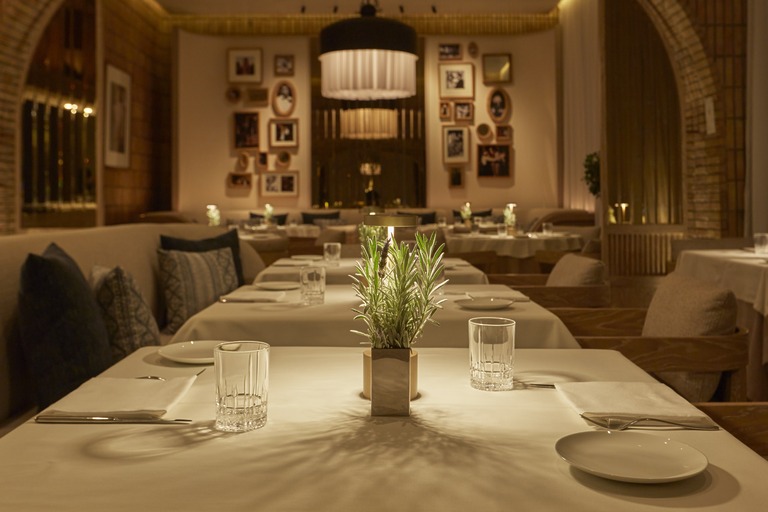
- Employee Feature
Beyond the Brief: Storytelling and the Importance of Crafting Food and Beverage Experiences
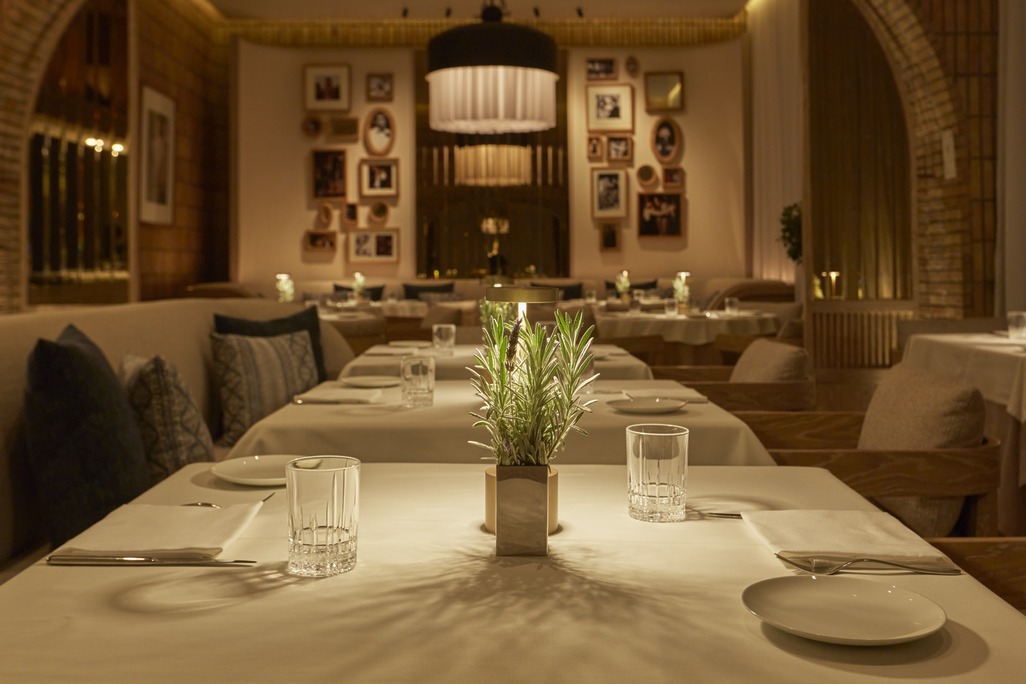
- Employee Feature
Beyond the Brief: Storytelling and the Importance of Crafting Food and Beverage Experiences
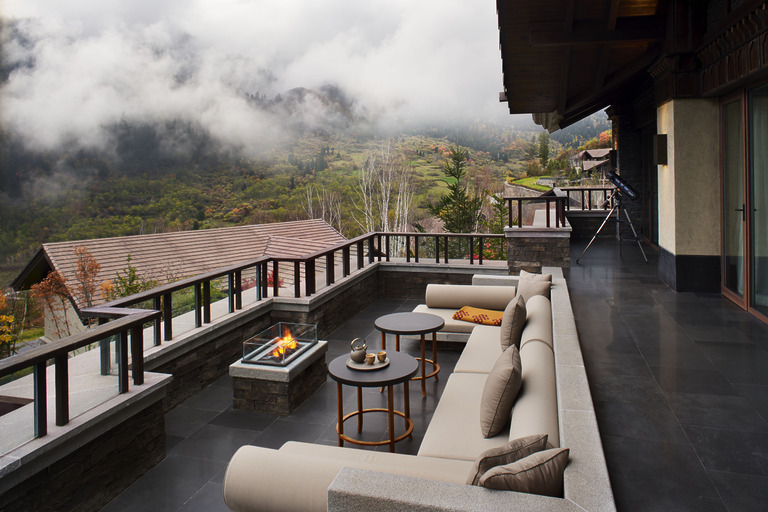
- News
WATG + Wimberly Interiors’ Michelin Key Hotels 2025
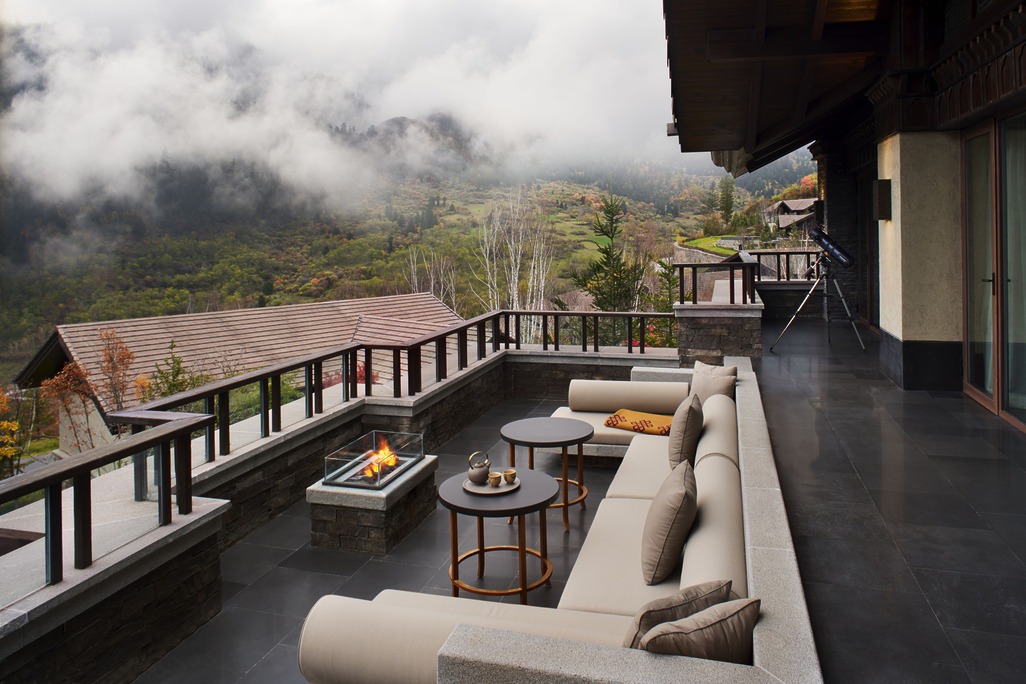
- News
WATG + Wimberly Interiors’ Michelin Key Hotels 2025
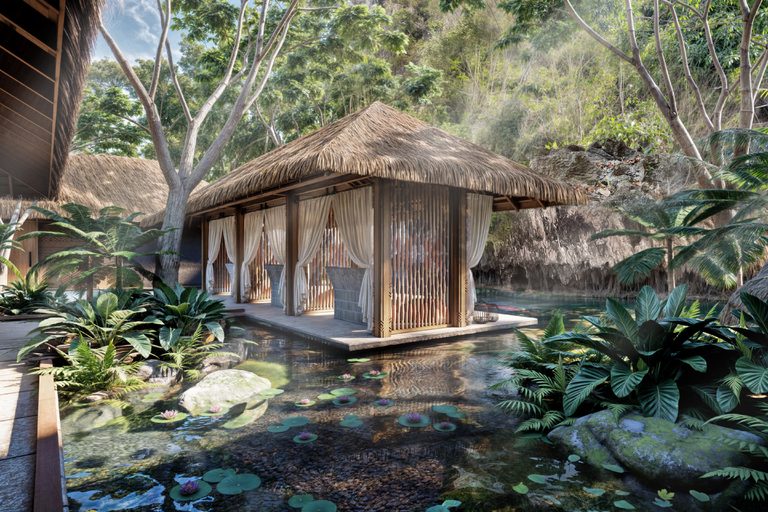
- Strategy & Research
Measuring Carbon in Design: Beyond Energy Toward Whole-Life Impact
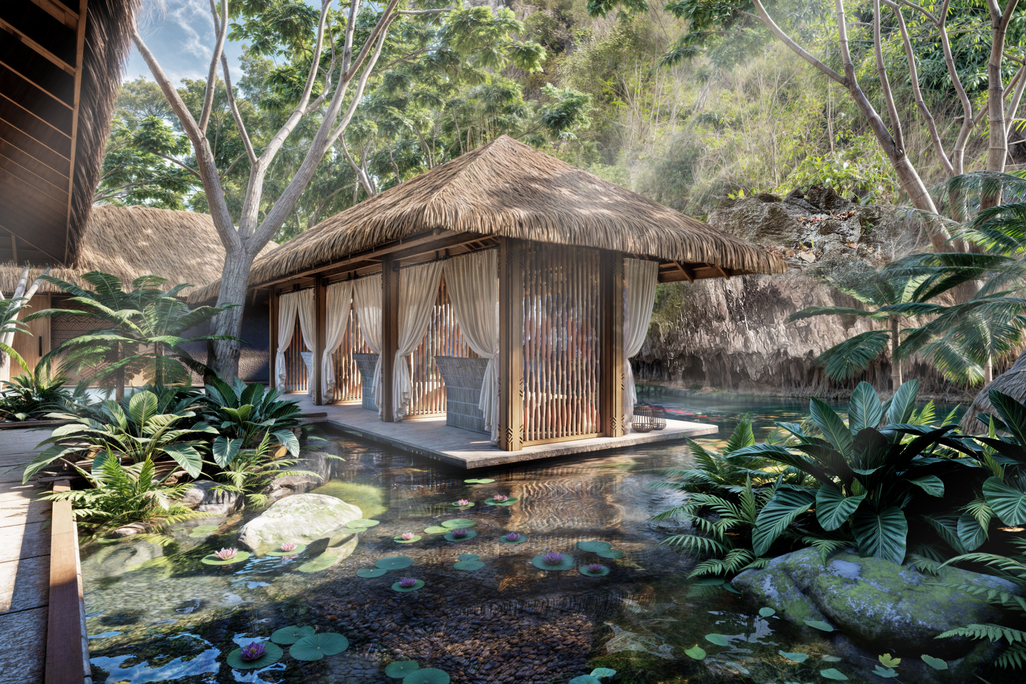
- Strategy & Research
Measuring Carbon in Design: Beyond Energy Toward Whole-Life Impact
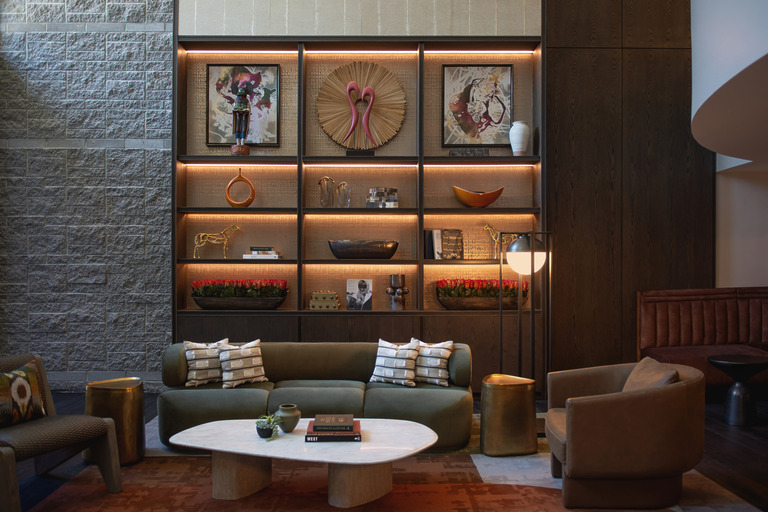
- News
Fall Interior Design Trends 2025
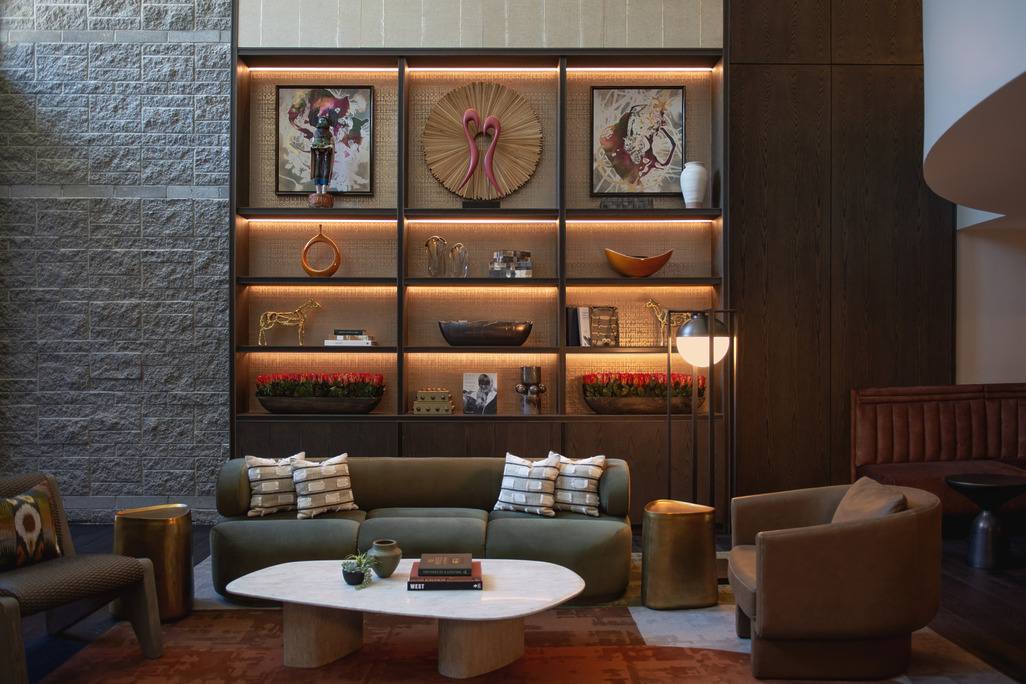
- News

